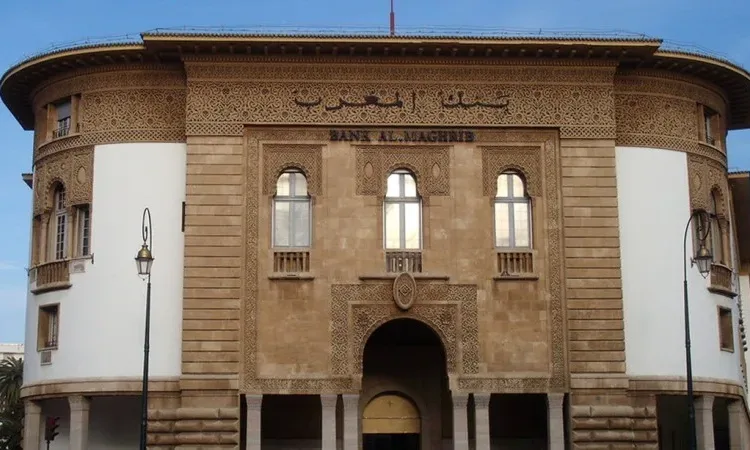
Morocco’s banking sector saw a marginal decrease in liquidity needs in July, with Bank Al Maghrib (BAM) providing $14.29 million to support the market, according to the central bank’s latest monthly bulletin.
Commercial banks required an average of 113 billion dirhams ($12.53 billion) in liquidity, slightly down from 114 billion dirhams ($12.66 billion) in June. BAM intervened with a total volume of 128.8 billion dirhams ($14.29 billion) to meet these requirements.
The central bank’s support comprised 50.7 billion dirhams ($5.62 billion) in seven-day advances, 44 billion dirhams ($4.88 billion) in one-month and three-month repo transactions, and 34.1 billion dirhams ($3.78 billion) in long-term secured loans.
On the interbank market, average daily trading volume stood at 4.3 billion dirhams ($477,087), with the weighted average interest rate remaining stable at 2.25%.
Treasury bond markets recorded rising rates at the primary level, while secondary markets showed relative stability.
Deposit and lending rates displayed mixed movements. Six-month deposit rates dropped by nine basis points to 2.27%, while one-year deposit rates increased by 26 basis points to 2.96%. The minimum savings account rate for the second quarter of 2025 was set at 1.91%, down 30 basis points from the previous quarter.
Overall average loan interest rates fell by 14 basis points to 4.84%. Consumer loan rates decreased by 25 basis points to 6.88%, home loan rates fell six basis points to 4.68%, and individual loans dropped to 5.77%.
For non-financial corporations, borrowing costs declined to 4.72%, with equipment loan rates down 32 basis points to 4.82% and liquidity facility rates down nine basis points to 4.64%. Property development loans remained steady at 5.47%.
Large companies benefited from a 29 basis point reduction to 4.67%, while very small, small, and medium-sized enterprises saw rates fall 18 basis points to 5.43%.
These figures reflect Morocco’s ongoing efforts to balance liquidity provision and interest rate adjustments amid evolving economic conditions.



